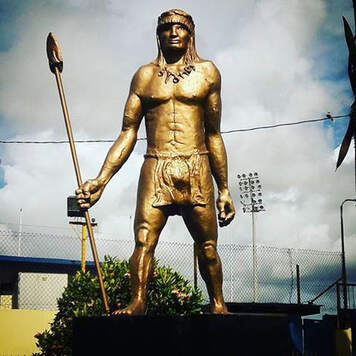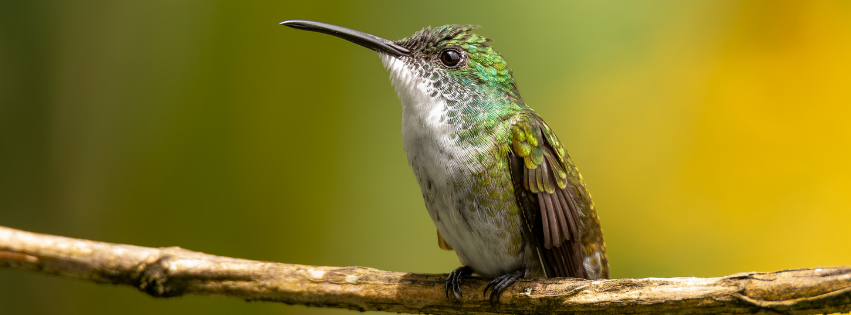 Photo published by Wired868.
Photo published by Wired868. The Europeans arrived and took hold of these islands and their resources through the renaming of and theft from these lands, and enslaving and forcibly converting local tribes to Christianity. The Amerindians were under siege, suffering from overwork and abuse. Yet, though primitive, heroes arose among them in honour of their ancestors, gods and people. One such man whose gold-coloured statue welcomes you upon entering the Borough of Arima is that of Hyarima or Hy Arima. He was such a powerful native figure who called the ‘shots’ along the east-west corridor.
Chief Hyarima led the people of the Araucan Tribe who lived within the region of Arouca, North Trinidad. He was enslaved, along with his tribe, by the Europeans and escaped their captivity around 1625. It is believed he fled to the hills of Arima where he set up his base. Fuelled with rage for these newcomers, he began recruiting and influencing other Amerindians to not only escape, but to form an alliance that sought the oppressors’ downfall. He became a nuisance to the colonisers and harassed them constantly by launching attacks on their settlements. He worked alongside the Dutch and successfully executed an attack on the then capital of San José, currently known as St. Joseph, which made villagers flee the area in 1637. Every year, rituals are performed at his statue by the descendants of the First Peoples in remembrance of his and others’ legacy and to honour the elementals.
Their footprints, which once were and forever will be, still mark the sands of time.
We hope you have enjoyed our segments featuring the Amerindian heritage of Trinidad and Tobago.



 RSS Feed
RSS Feed